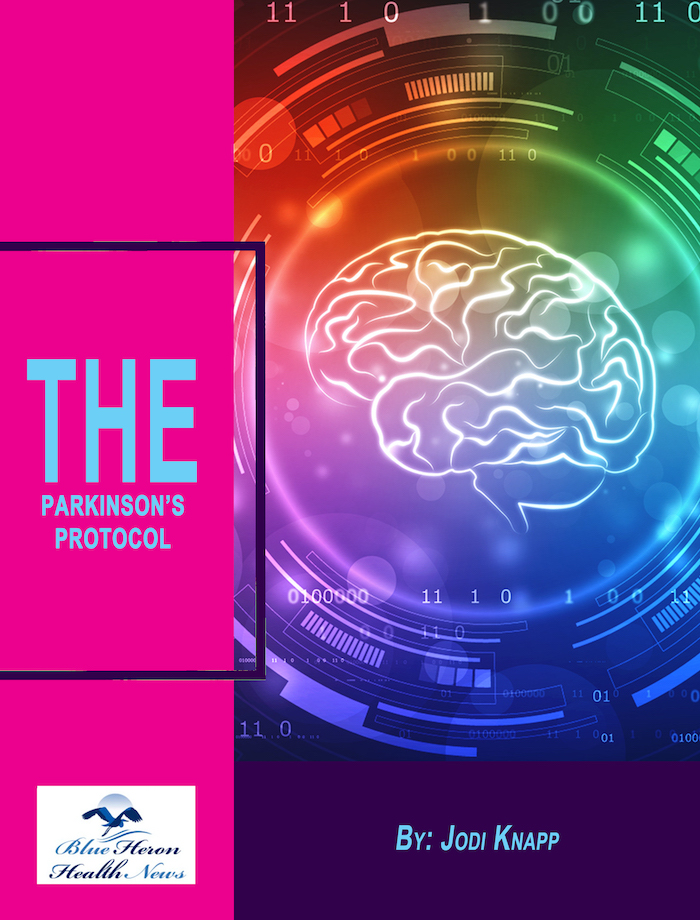
The Parkinson’s Protocol™ By Jodi Knapp Parkinson’s disease cannot be eliminated completely but its symptoms can be reduced, damages can be repaired and its progression can be delayed considerably by using various simple and natural things. In this eBook, a natural program to treat Parkinson’s disease is provided online. it includes 12 easy steps to repair your body and reduce the symptoms of this disease.
CRISPR-Cas9 in Parkinson’s Disease Research
CRISPR-Cas9 is a revolutionary gene-editing technology that allows precise alterations to the DNA of living organisms, offering immense potential for Parkinson’s disease (PD) research and treatment. Parkinson’s disease is a neurodegenerative disorder characterized by the progressive loss of dopaminergic neurons in the brain, leading to motor symptoms such as tremors, rigidity, bradykinesia (slowness of movement), and postural instability. The underlying causes of Parkinson’s disease are complex and involve a combination of genetic, environmental, and age-related factors.
The use of CRISPR-Cas9 in Parkinson’s disease research focuses on understanding the genetic factors involved in the disease, developing new treatment strategies, and exploring the possibility of gene therapy as a means to correct genetic mutations that contribute to Parkinson’s. Here’s an overview of how CRISPR-Cas9 is being applied in Parkinson’s disease research and its potential implications:
1. Genetic Research and Identifying Parkinson’s Disease Genes
- Many cases of Parkinson’s disease are linked to genetic mutations, and researchers are using CRISPR-Cas9 to better understand these genetic contributors. Some well-known genes implicated in Parkinson’s include LRRK2, SNCA, and PARK7. SNCA codes for alpha-synuclein, a protein that forms toxic clumps in the brains of people with Parkinson’s disease, while LRRK2 mutations are one of the most common genetic causes of inherited PD.
- CRISPR-Cas9 allows researchers to model Parkinson’s disease in human cell cultures or animal models by introducing specific genetic mutations. This helps to study the molecular mechanisms behind the disease, such as how mutations lead to the accumulation of toxic proteins, neuronal dysfunction, and degeneration.
2. Gene Editing to Correct Genetic Mutations
- One of the most exciting applications of CRISPR-Cas9 in Parkinson’s disease is the potential to correct genetic mutations that contribute to the disease. For example:
- LRRK2 mutations are linked to an increased risk of developing Parkinson’s, and researchers are exploring how CRISPR-Cas9 could be used to edit or silence the mutated LRRK2 gene in dopaminergic neurons.
- Similarly, correcting mutations in the PARK2 gene (which codes for Parkin, a protein involved in mitochondrial function) could help improve cellular health and prevent the progression of neurodegeneration in PD.
- In vivo gene editing using CRISPR-Cas9 has been shown to successfully modify genes in animal models of Parkinson’s disease, potentially leading to restored function and slowing disease progression.
3. Alpha-Synuclein and Toxic Protein Aggregates
- The accumulation of alpha-synuclein protein aggregates is a hallmark of Parkinson’s disease, and the formation of Lewy bodies in neurons is linked to neuronal death and motor symptoms.
- CRISPR-Cas9 could be used to edit the SNCA gene responsible for producing alpha-synuclein, potentially reducing or preventing the formation of toxic aggregates. By knocking down or silencing this gene, scientists aim to reduce the accumulation of alpha-synuclein in the brain, offering a potential strategy for halting or even reversing neurodegeneration in Parkinson’s patients.
- Studies have shown that CRISPR-mediated silencing of alpha-synuclein expression in animal models can reduce the burden of protein aggregates and improve motor function, offering hope for future treatments.
4. Gene Therapy for Dopaminergic Neurons
- One of the major goals of CRISPR-Cas9 in Parkinson’s disease is the possibility of gene therapy to deliver healthy copies of genes or correct defective ones directly to dopaminergic neurons in the brain.
- Using viral vectors or other delivery methods, CRISPR-Cas9 could be employed to deliver genetic material that restores the function of defective proteins in the brain, potentially reversing neurodegeneration or replenishing dopamine production in the brain.
- Early-stage studies have shown that CRISPR could be used to introduce protective genes or repair defective ones in models of Parkinson’s disease, potentially providing long-term therapeutic benefits.
5. Cell Reprogramming and Neurogenesis
- CRISPR-Cas9 could also be used to reprogram other types of brain cells, such as astrocytes or glial cells, into functioning dopaminergic neurons. This could help replace the neurons lost in Parkinson’s disease, restoring dopamine production.
- In recent studies, CRISPR-based gene editing has been employed to reprogram adult cells into neurons, offering a potential path for generating new, healthy dopaminergic neurons to replace the ones lost due to Parkinson’s disease.
6. Modeling Parkinson’s Disease in the Laboratory
- The ability to use CRISPR-Cas9 to create humanized cell models of Parkinson’s disease is a major step forward in drug discovery. Researchers can now generate patient-specific induced pluripotent stem cells (iPSCs) that carry the genetic mutations associated with Parkinson’s, allowing them to study disease progression and screen for new treatments.
- These iPSC-based models allow for high-throughput screening of potential drugs or gene therapies that could slow or stop the progression of Parkinson’s disease, helping researchers identify promising therapeutic targets more efficiently.
7. Challenges and Ethical Considerations
- While CRISPR-Cas9 offers tremendous promise for treating Parkinson’s disease, there are still several challenges to overcome:
- Off-target effects: Unintended genetic modifications outside the targeted area could lead to unpredictable outcomes, including genetic damage or cancerous mutations.
- Delivery mechanisms: Efficient and precise delivery of CRISPR-Cas9 to neurons in the brain remains a major hurdle. Finding ways to target the right cells and minimize immune responses is essential for ensuring safety and efficacy.
- Ethical concerns: As with any gene-editing technology, there are ethical questions about altering the human genome, particularly if germline editing (changes to genes that can be passed on to future generations) were ever considered.
- Additionally, the long-term effects of CRISPR-based treatments in humans need to be carefully studied through rigorous clinical trials before they can be considered for widespread use.
8. Future Prospects
- As CRISPR technology continues to advance, its application in Parkinson’s disease research is expected to grow. The next steps in translating CRISPR from the laboratory to clinical use include:
- Developing safer, more effective delivery systems for gene editing tools.
- Expanding clinical trials to assess the safety and long-term effects of CRISPR-based therapies in patients.
- Combining CRISPR with other emerging therapies, such as neuroprotective agents, dopaminergic stem cell therapy, and neurotrophic factors, to provide a multifaceted approach to treating Parkinson’s disease.
Conclusion
CRISPR-Cas9 holds significant potential in the fight against Parkinson’s disease, offering new avenues for gene editing, protein modulation, and cell reprogramming. While still in the early stages of research, CRISPR has already demonstrated its ability to model Parkinson’s disease in the lab, correct genetic mutations, and improve disease outcomes in animal models. With further research, improved delivery methods, and clinical testing, CRISPR-based therapies may become a transformative tool in treating or even curing Parkinson’s disease in the future.

The Parkinson’s Protocol™ By Jodi Knapp Parkinson’s disease cannot be eliminated completely but its symptoms can be reduced, damages can be repaired and its progression can be delayed considerably by using various simple and natural things. In this eBook, a natural program to treat Parkinson’s disease is provided online. it includes 12 easy steps to repair your body and reduce the symptoms of this disease.